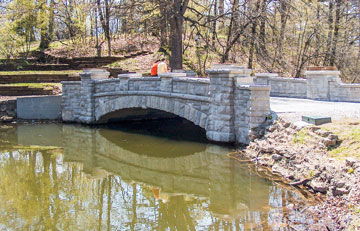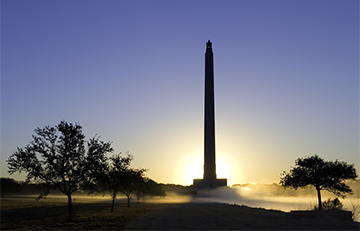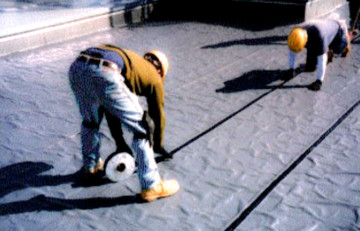The Lincoln Park Bridge and Lagoon restoration project is a priority for the Park District. The project includes three phases. Phase I, in which Western … [Read more...] about Lincoln Park Lagoon Bridge
Industrial
San Jacinto Monument
In 1936—a century after their forefathers battled to secure Texas' independence—proud Lone Star residents gathered at the site to break ground for the San … [Read more...] about San Jacinto Monument
Conowingo Dam & Hydroelectric Station
Completed in 1928, the Conowingo Dam and Hydroelectric Station is located on the Susquehanna River between Maryland's Harford and Cecil Counties. The massive … [Read more...] about Conowingo Dam & Hydroelectric Station



